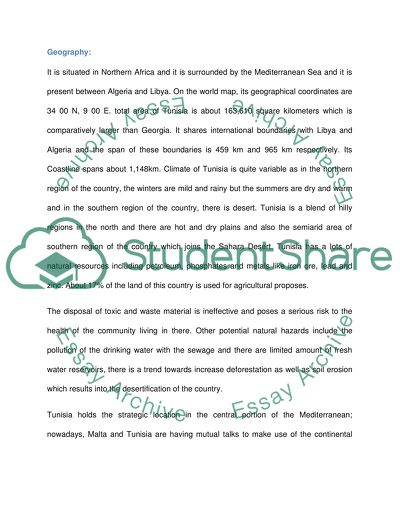Cite this document
(“The growth diagnostic on Tunisia Assignment Example | Topics and Well Written Essays - 4000 words”, n.d.)
Retrieved from https://studentshare.org/family-consumer-science/1413635-the-growth-diagnostic-on-tunisia
Retrieved from https://studentshare.org/family-consumer-science/1413635-the-growth-diagnostic-on-tunisia
(The Growth Diagnostic on Tunisia Assignment Example | Topics and Well Written Essays - 4000 Words)
https://studentshare.org/family-consumer-science/1413635-the-growth-diagnostic-on-tunisia.
https://studentshare.org/family-consumer-science/1413635-the-growth-diagnostic-on-tunisia.
“The Growth Diagnostic on Tunisia Assignment Example | Topics and Well Written Essays - 4000 Words”, n.d. https://studentshare.org/family-consumer-science/1413635-the-growth-diagnostic-on-tunisia.


